14. Filtration: How It Works and Our Favorite Products 2

/
RSS Feed
Ben, Charles, and Amy discuss the broad subject of filtration. They explain the three types of filtration and why you need them, the nitrogen cycle, what a filter does, and (perhaps more importantly) what a filter does not do. Getting the right filtration for your tank can make maintenance easier. In this episode, they share their favorite types of filters and how they use them to keep their aquariums healthier.
What’s your favorite filter? e-mail [email protected] or join us on Facebook for more discussion


For Charles regarding gas exchange
You made a really interesting point that I’ve never given any thought to, that gas exchange occurs at the surface of the tank and through agitation mainly rather than actual gas exchange at the bubbles. Do you have any sources that this is the actual mechanism?
I mean thinking about it, the surface of the water is basically a giant air bubble in relation to the aquarium. Why would a ton of smaller bubbles with the same air be any different?
James
It’s a topic that is very common in aquaculture manuals. For the sake of simplicity, I’m going to ignore the factor of temperature on dissolved oxygen, given that most aquarists hope to maintain a stable temperature anyway.
What those bubbles DO to water movement is far more important. In fact, the most common way for aerating water in aquaculture ponds isn’t an air pump; it’s basically a paddle-wheel that slaps the surface of the water, breaking the surface tension and creating a current that distributes the aerated water throughout the pond. The reason why a stagnant pond has a low oxygen content is because the highly aerated water near the water’s surface isn’t being distributed into the water below. Think dissolving sugar into tea/coffee. If it just sits there, it’ll dissolve VERY slowly, if at all, because the water nearest to the sugar/air is already saturated. You need to move the saturated water away from the region where contact is occurring, allowing water that is unsaturated to come into contact with whatever you’re trying to dissolve into it. You can mix sugar and oxygen into water via the same means. Surface agitation facilitates dissolving happening faster, in part, because there is some weird physics in water where breaking the surface tension helps more air molecules cross the barrier from air to water. That all said, while the bubbles within the water will enable some oxygenation, their oxygenation is secondary to the water movement their presence facilitates and pales in comparison to the effects of the surface area of the water surface of an average aquarium that maintains constant contact with air far exceeds the cumulative surface area of hundreds of bubbles of air that have brief contact with water within said aquarium.